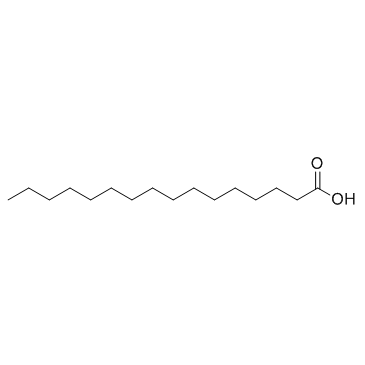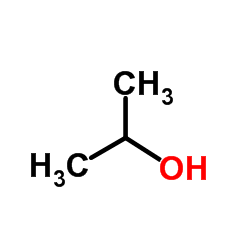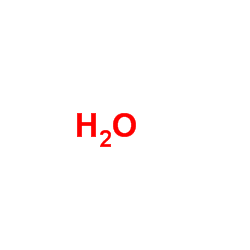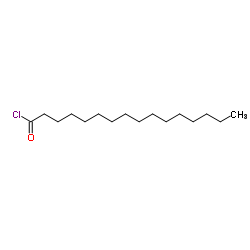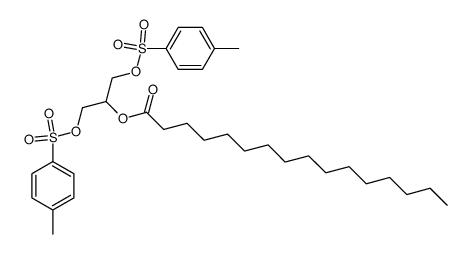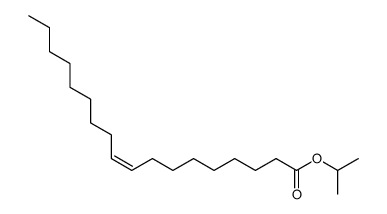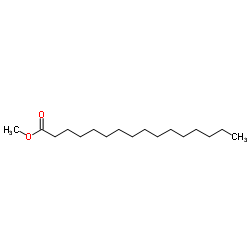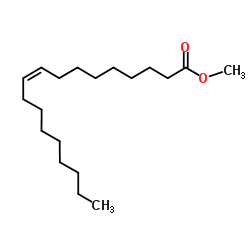142-91-6
| Name | isopropyl palmitate |
|---|---|
| Synonyms |
Hexadecanoic acid 1-methylethyl ester
Isopropyl hexadecanoate Hexadecanoic acid, 1-methylethyl ester Isopropyl palmitate Palmitic Acid Isopropyl Ester propan-2-yl hexadecanoate MFCD00008993 EINECS 205-571-1 |
| Description | Isopropyl palmitate is an fatty acid ester. Isopropyl palmitate can be used for design and characterization of bioactive bilayer films. The bilayer membrane not only has the ability to scavenge free radicals and inhibit lipid peroxidation, but also can inhibit the growth of known foodborne pathogens. Isopropyl palmitate can be used as an excipient, such as lubricant, oily carrier, solvent, controlled-release transdermal film. Pharmaceutical excipients, or pharmaceutical auxiliaries, refer to other chemical substances used in the pharmaceutical process other than pharmaceutical ingredients. Pharmaceutical excipients generally refer to inactive ingredients in pharmaceutical preparations, which can improve the stability, solubility and processability of pharmaceutical preparations. Pharmaceutical excipients also affect the absorption, distribution, metabolism, and elimination (ADME) processes of co-administered drugs[1][2]. |
|---|---|
| Related Catalog | |
| References |
| Density | 0.9±0.1 g/cm3 |
|---|---|
| Boiling Point | 340.7±10.0 °C at 760 mmHg |
| Melting Point | 11-13 °C(lit.) |
| Molecular Formula | C19H38O2 |
| Molecular Weight | 298.51 |
| Flash Point | 162.2±8.8 °C |
| Exact Mass | 298.287170 |
| PSA | 26.30000 |
| LogP | 8.49 |
| Vapour Pressure | 0.0±0.7 mmHg at 25°C |
| Index of Refraction | 1.443 |
| Storage condition | 2-8°C |
CHEMICAL IDENTIFICATION
HEALTH HAZARD DATAACUTE TOXICITY DATA
|
| Personal Protective Equipment | Eyeshields;full-face respirator (US);Gloves;multi-purpose combination respirator cartridge (US);type ABEK (EN14387) respirator filter |
|---|---|
| Hazard Codes | Xi:Irritant |
| Risk Phrases | R36/37/38 |
| Safety Phrases | S26-S36 |
| RIDADR | NONH for all modes of transport |
| WGK Germany | - |
| RTECS | RT4900000 |
| HS Code | 2915709000 |
|
~65% 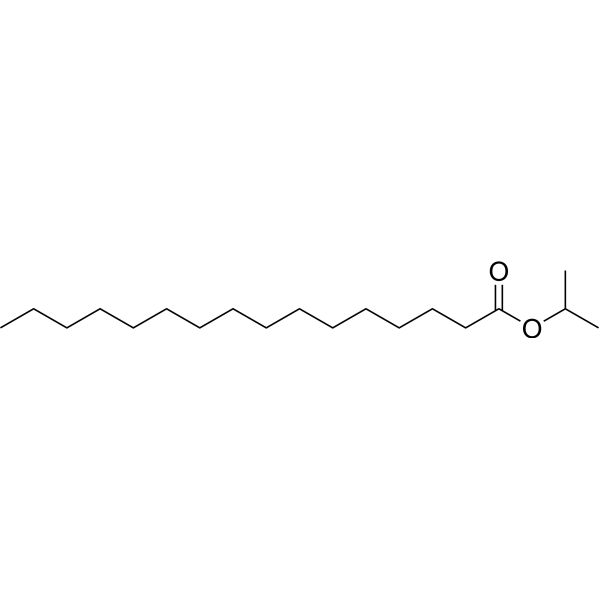
142-91-6 |
| Literature: US2004/106813 A1, ; Page 3 ; |
|
~98% 
142-91-6 |
| Literature: Burger; Greyling; Spies Journal of Chemical Ecology, 1999 , vol. 25, # 9 p. 2099 - 2108 |
|
~% 
142-91-6 |
| Literature: Journal of the American Oil Chemists' Society, , vol. 24, p. 257 |
|
~% 
142-91-6 |
| Literature: Journal of Organic Chemistry, , vol. 78, # 6 p. 2386 - 2396 |
|
~% 
142-91-6 |
| Literature: Australian Journal of Chemistry, , vol. 30, p. 2487 - 2492 |
|
~% 
142-91-6 |
| Literature: Australian Journal of Chemistry, , vol. 30, p. 2487 - 2492 |
|
~% 
142-91-6 |
| Literature: Australian Journal of Chemistry, , vol. 30, p. 2487 - 2492 |
|
~% 
142-91-6 |
| Literature: JAOCS, Journal of the American Oil Chemists' Society, , vol. 81, # 4 p. 331 - 337 |
| Precursor 7 | |
|---|---|
| DownStream 0 | |
| HS Code | 2915709000 |
|---|---|
| Summary | 2915709000. palmitic acid and its salts and esters. VAT:17.0%. Tax rebate rate:13.0%. . MFN tariff:5.5%. General tariff:30.0% |

